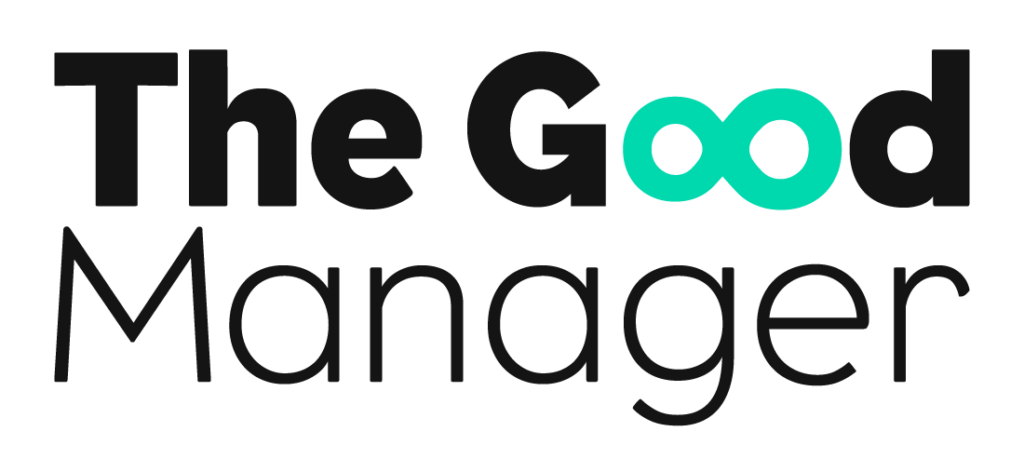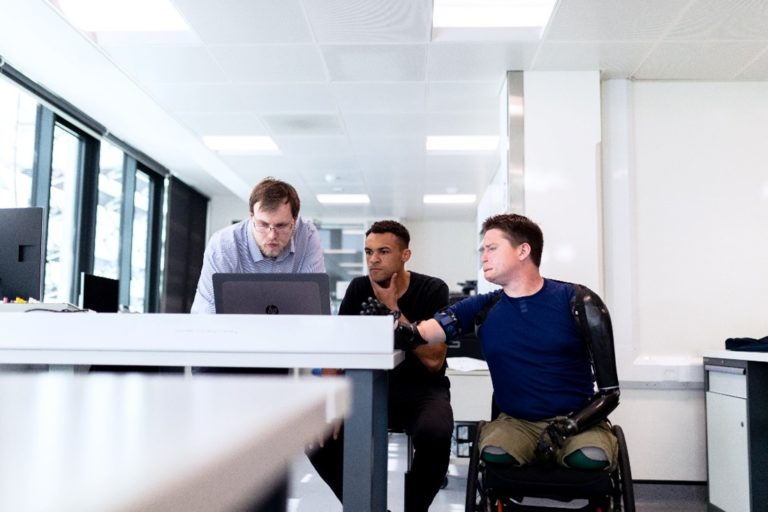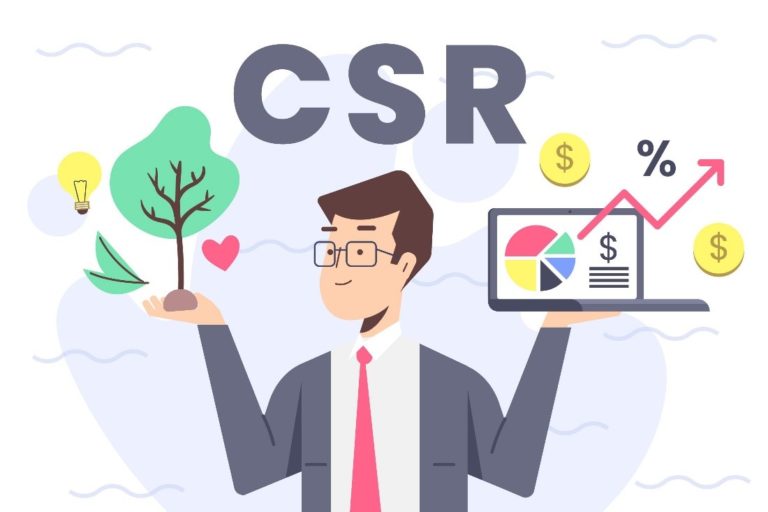3 reasons why digital accessibility and sustainability are web solutions of the future
In a time of growing environmental concern and demands for greater inclusion of disadvantaged groups, new societal expectations have emerged which prioritise the adoption of more conscientious practices. These calls for eco-responsibility and accessibility have not sidestepped the digital sphere either, as a sizeable chunk of our everyday activities takes place in this realm. The data is clear: today’s web is neither fully sustainable (with the internet producing approximately 4% of global carbon emissions), nor fully accessible (with 97.4% of home pages not meeting accessibility guidelines in 2021).
The Good Manager project brings attention to an increasingly vital and pertinent movement towards designing digital solutions that can target the pressing matters at hand. This movement embraces designing for accessibility and sustainability online – defined as the development of tools/practices that prioritise (i) adapting content to users with disabilities and (ii) the health of our planet. Let’s turn to the ways in which these practices are forward-thinking web solutions.
1) The web of the future takes the UN’s 2030 Sustainable Development Goals seriously
The United Nations Sustainable Development Goals consist of 17 global goals for the achievement of a better and more sustainable future. Creating a ‘greener’ and more inclusive digital sphere directly addresses the UN’s Reduced Inequalities and Responsible Consumption and Production goals.
Combating inequality starts with granting greater access of products and services to disadvantaged groups. Web accessibility prioritises the adoption of design practices that cater to the difficulties users with disabilities experience when trying to navigate un-adapted content. Designing for accessibility allows these target groups to more actively participate in the information society, thus bridging the digital gap.
Inclusive digital design can remove accessibility barriers for the 15% of the world’s users estimated by the World Health Organization to have a disability, yet we must also examine the state of the web users are being connected to. The infrastructure and storage power enabling today’s digital practices are very energy-intensive and wasteful, with equipment remaining powered even without data being downloaded. This calls into question the quality of said access. By embracing solutions that design for sustainability, we minimize the carbon and digital footprint of the web.
2) The web of the future is more user-friendly
The sustainability and accessibility practices mentioned thus far call for abandoning needlessly complicated and wasteful web design tendencies in lieu of more environmentally-friendly and inclusive practices. Research has shown that these solutions have appeal that extends beyond their principal aims. According to a 2012 study carried out by Google, everyday users considered websites that were more visually complex as less appealing than websites with a simpler design. Therefore, the Internet of tomorrow needs to embrace the old adage ‘less is more’, not only to address issues of accessibility and sustainability, but to guarantee that all users can navigate the web with ease.

Photo by Edward Howell on Unsplash
Solutions which address more than one of these issues at once are plentiful. For example: when designing for accessibility, the use of contrasting colours and Sans Serif fonts is crucial for visually impaired users and those with learning disorders. Yet these practices also benefit users that are using mobile versions of websites or are reading in poorly-lit spaces. Audio transcriptions are a necessity for hearing-impaired users, but they are also beneficial for users who may find themselves in a noisy or public location.
These instances of cross-functionality can be found when designing for sustainability, too. As already mentioned, keep it simple! Overburdening your website with graphics, animations and videos has a bearing on your energy footprint, but it also repels potential users because more complicated websites take longer to load. Optimising the loading speed of your web pages can have positive effects on your Search Engine Optimization (SEO), too, as Google favours pages that load quickly!
3) The web of the future makes good business sense
Embracing web accessibility and eco-design will also have far-reaching financial benefits. Ask yourself, who are you designing for? Most of today’s online users are part of the Gen Z and Millennial generation. They have been touted as being more environmentally-conscious than generations before them, but studies also show that these users put their money where their mouth is by prioritising sustainable-minded companies when making purchasing decisions. In the process of reducing your carbon footprint, you can also amass a loyal client base.
This loyalty can be found when designing for accessibility, as well. More than 80% of users with disabilities turn away from a website because of poor web accessibility. Users with disabilities are willing to spend more money with companies who have a genuine sense of Corporate Social Responsibility (CSR) and let them know their accessibility needs matter.
Through its intellectual outputs, The Good Manager project elaborates on these and many more points related to digital accessibility and sustainability. Follow us on our website https://thegoodmanager.eu/en/ and stay tuned for more news to come!
References:
Geley, L. (2018) UX and the Importance of Web Accessibility, Toptal Design Blog. Available at: https://www.toptal.com/designers/ui/importance-web-accessibility (Accessed: 29 June 2021).
O’Brien, L. (2019) ‘Sustainability and digital rights: how they’re connected and what that means for our work’, Access Now, 25 September. Available at: https://www.accessnow.org/sustainability-and-digital-rights-how-theyre-connected-and-what-that-means-for-our-work/ (Accessed: 29 June 2021).
Nourry, O., Mercier C. (2014) Accessibility is good for the planet. Available at: https://openweb.eu.org/articles/accessibility-is-good-for-the-planet (Accessed: 29 June 2021).
Tuch, A. N. et al. (2012) ‘The role of visual complexity and prototypicality regarding first impression of websites: Working towards understanding aesthetic judgments’, International Journal of Human-Computer Studies, 70(11), pp. 794–811. doi: 10.1016/j.ijhcs.2012.06.003.
United Nations (2012) ‘Take Action for the Sustainable Development Goals’, United Nations Sustainable Development. Available at: https://www.un.org/sustainabledevelopment/sustainable-development-goals/ (Accessed: 29 June 2021).
WebAIM (2021) The WebAIM Million – An annual accessibility analysis of the top 1,000,000 home pages. Available at: https://webaim.org/projects/million/ (Accessed: 29 June 2021).
Yamane, T. and Kaneko, S. (2021) ‘Is the younger generation a driving force toward achieving the sustainable development goals? Survey experiments’, Journal of Cleaner Production, 292, p. 125932. doi: 10.1016/j.jclepro.2021.125932.

Website: thegoodmanager.eu
Follow this project on Facebook: @Logopsycom
An Erasmus+ project in collaboration with: Les Apprimeurs (France), NIKANOR LTD (Bulgaria), DOMSPAIN CONSULTING SL (Spain), ISTITUTO DEI SORDI DI TORINO (Italy)


